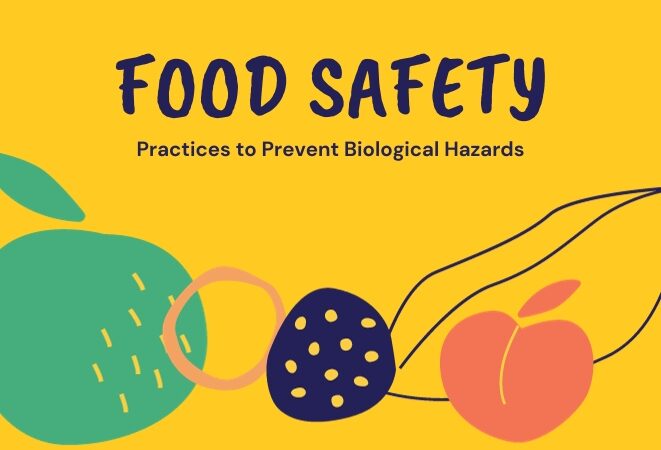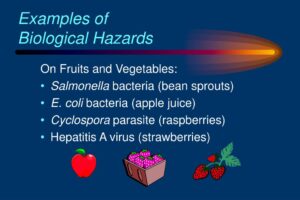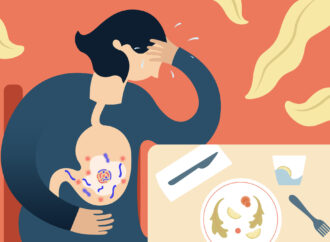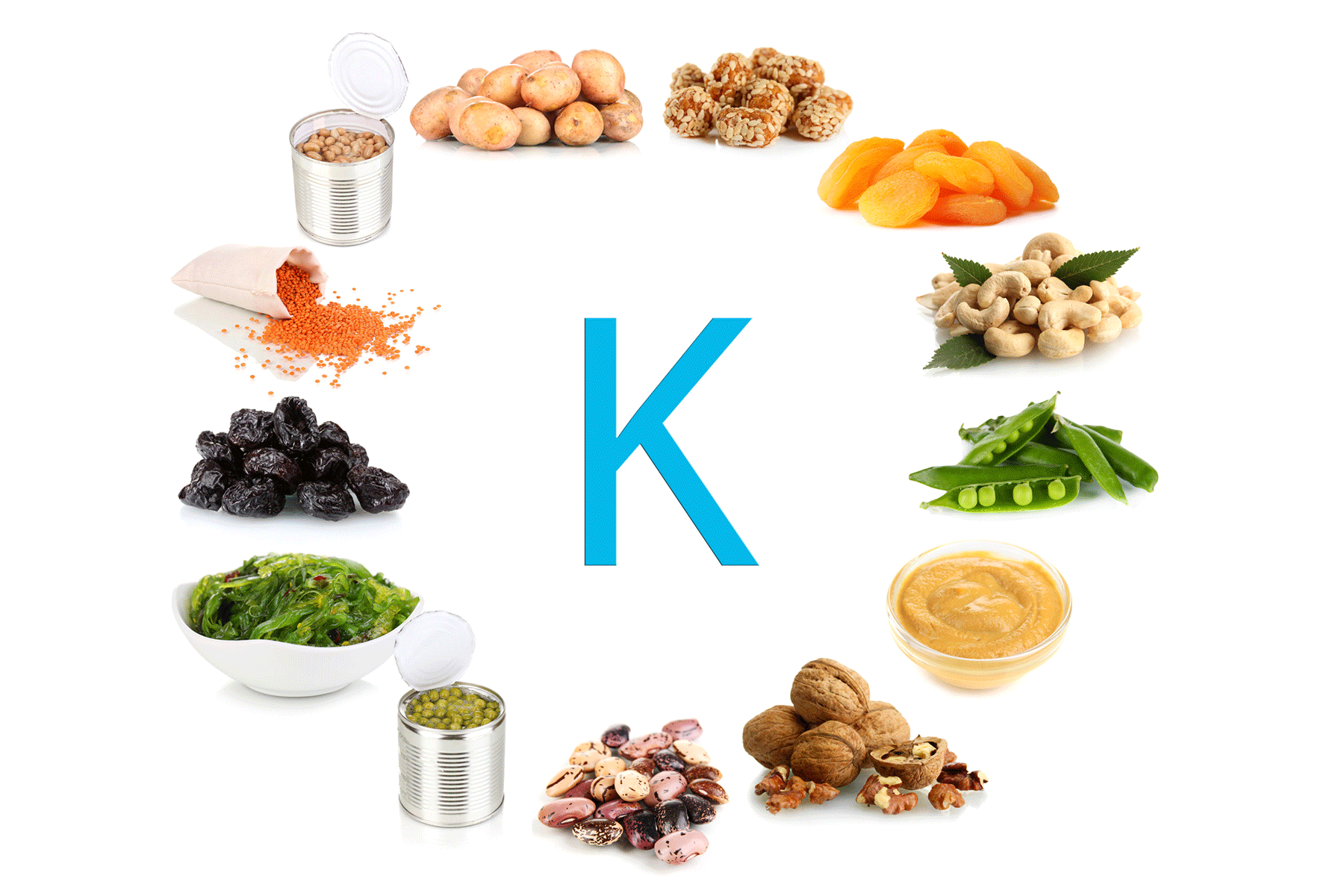Biological hazards in food are living-organism-derived substances that can harm human health, posing serious concerns in the field of Health, Safety, and Environment (HSE). Understanding these hazards is crucial for safeguarding food quality and public health, especially with the rise in global trade and consumption of diverse foods. This guide offers a detailed look into the complexities of biological hazards, exploring their types, health impact, regulatory guidelines, and effective strategies for mitigation.
What Are Biological Hazards in Food?
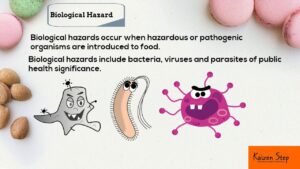
Biological hazards in food typically involve microorganisms—such as bacteria, viruses, parasites, and fungi—that can contaminate food products at various points along the supply chain. These contaminants can lead to foodborne illnesses, impacting millions worldwide. According to the World Health Organization (WHO), foodborne diseases cause approximately 600 million illnesses and 420,000 deaths annually.
Key Types of Biological Hazards
Understanding the various biological hazards is vital for effective food safety measures. Here are the primary categories:
- Bacteria: Harmful bacteria like Salmonella, E. coli, and Listeria monocytogenes are common causes of foodborne illnesses. Under favourable conditions, these bacteria can multiply rapidly, leading to severe health consequences.
- Viruses: Viruses such as Norovirus and Hepatitis A are often spread through poor handling or hygiene practices. These viruses are highly infectious, commonly causing outbreaks in communal environments.
- Parasites: Organisms like protozoa, helminths, and ectoparasites can infiltrate the food supply through contaminated water, soil, or infected animals. Examples include Giardia and Toxoplasma, both of which can pose significant health risks.
- Fungi: Molds and yeasts not only spoil food but also produce mycotoxins—toxins that, when ingested, can lead to serious health issues.
A few examples of biological hazards in fruits and vegetables include:
Sources of Biological Hazards
Biological hazards can enter food products at multiple stages, from farming to final handling. Major sources include:
- Farm Environment: Contaminated soil, water, and animal waste can introduce pathogens into crops and livestock.
- Processing Facilities: Poor sanitation during food processing and handling can lead to cross-contamination.
- Transportation: Inadequate temperature control or unsanitary transport conditions compromise food safety.
- Consumer Handling: Lack of awareness about safe food handling at home can result in contamination.
Health Risks of Biological Hazards
Biological hazards in food can have effects that vary widely, from mild digestive discomfort to severe, life-threatening illnesses. The severity of these effects depends on factors such as the specific contaminating organism, the level of contamination, and the health of the person consuming the food.
When people consume food contaminated with biological hazards, they may experience symptoms like:
- Diarrhoea: In more severe cases, this can become bloody, indicating a serious infection.
- Abdominal pain: Discomfort or cramping in the stomach region often accompanies foodborne illness.
- Fever: The body may respond to the infection with a fever as it tries to fight off the contaminating organism.
- Nausea and vomiting: These are common reactions as the body attempts to expel harmful pathogens.
- Fatigue: Due to dehydration and nutrient loss, fatigue is a common side effect as the body’s energy is drained in response to illness.
For individuals with weakened immune systems, such as pregnant women, the elderly, and young children under five, the consequences of consuming contaminated food can be especially serious. These vulnerable groups may face a higher risk of complications, prolonged illness, or even life-threatening conditions.
Best Practices to Mitigate Biological Hazards
Effectively addressing biological hazards requires a coordinated approach among all stakeholders, from food producers to consumers. Key practices include:
- Hygiene and Sanitation: Regular cleaning and disinfection of food preparation areas, equipment, and utensils are essential. Proper handwashing by workers helps prevent cross-contamination.
- Temperature Control: Proper temperature management is vital to inhibit pathogen growth. Foods should be stored, cooked, and held at safe temperatures, avoiding the “danger zone” between 41°F and 135°F (5°C and 57°C).
- Education and Training: Food handlers and consumers alike benefit from education on safe food practices. Training programs should cover proper food storage, cooking, and the importance of personal hygiene.
- Monitoring and Testing: Routine monitoring and testing can identify biological hazards before they pose a threat. Rapid testing methods for pathogens provide timely data for intervention.
Conclusion
Biological hazards in food pose significant risks to public health, necessitating comprehensive management strategies within the HSE framework. By recognizing the types of hazards, their sources, and the associated health risks, stakeholders can adopt effective measures to mitigate potential dangers.
Adherence to regulations, commitment to best practices, and a proactive food safety culture are essential steps in protecting consumers and enhancing public health. In a rapidly evolving food landscape, vigilance and preventive action against biological hazards are paramount. Ensuring food safety safeguards the well-being of individuals and communities, reinforcing our collective responsibility to promote public health.
 Food Manifest
Food Manifest 